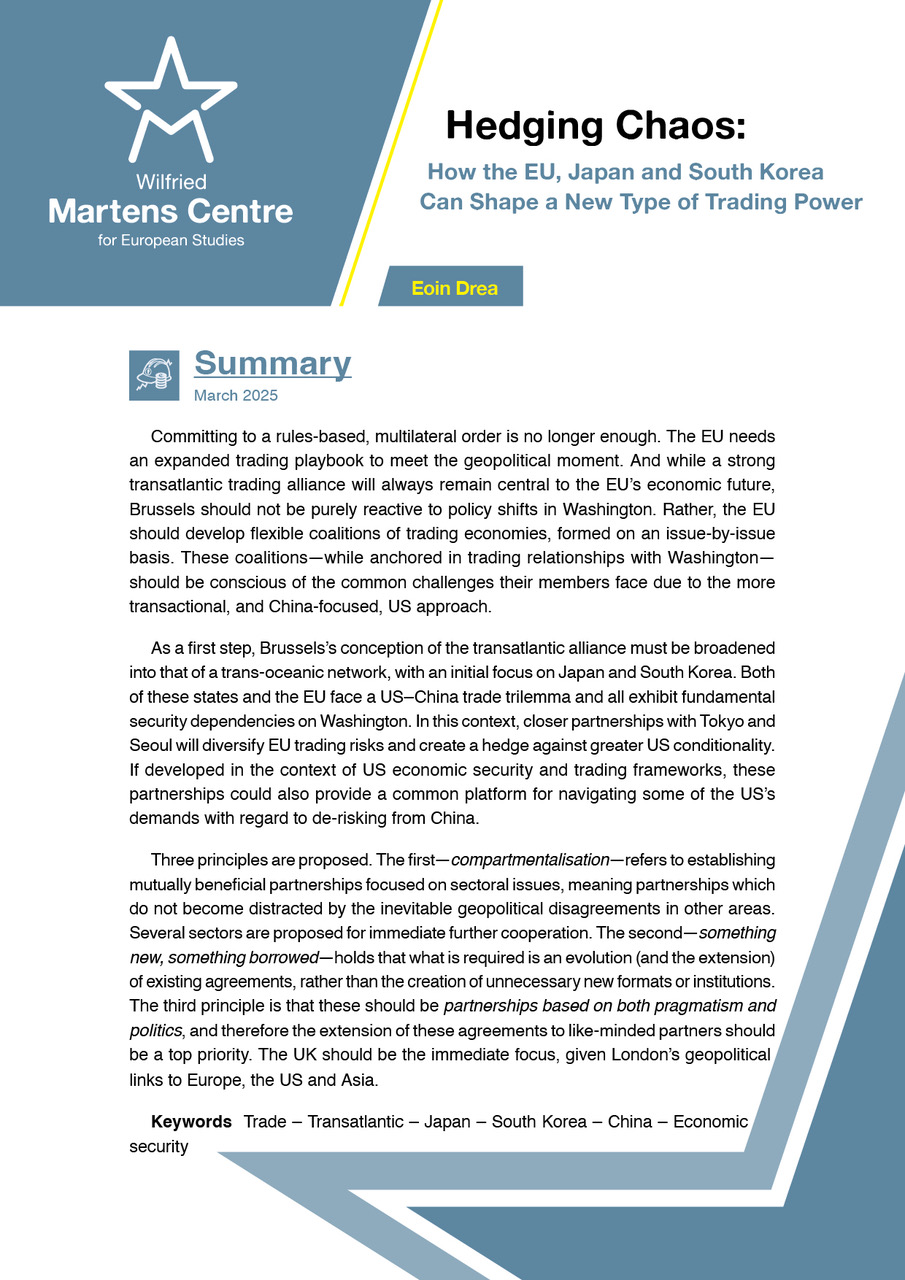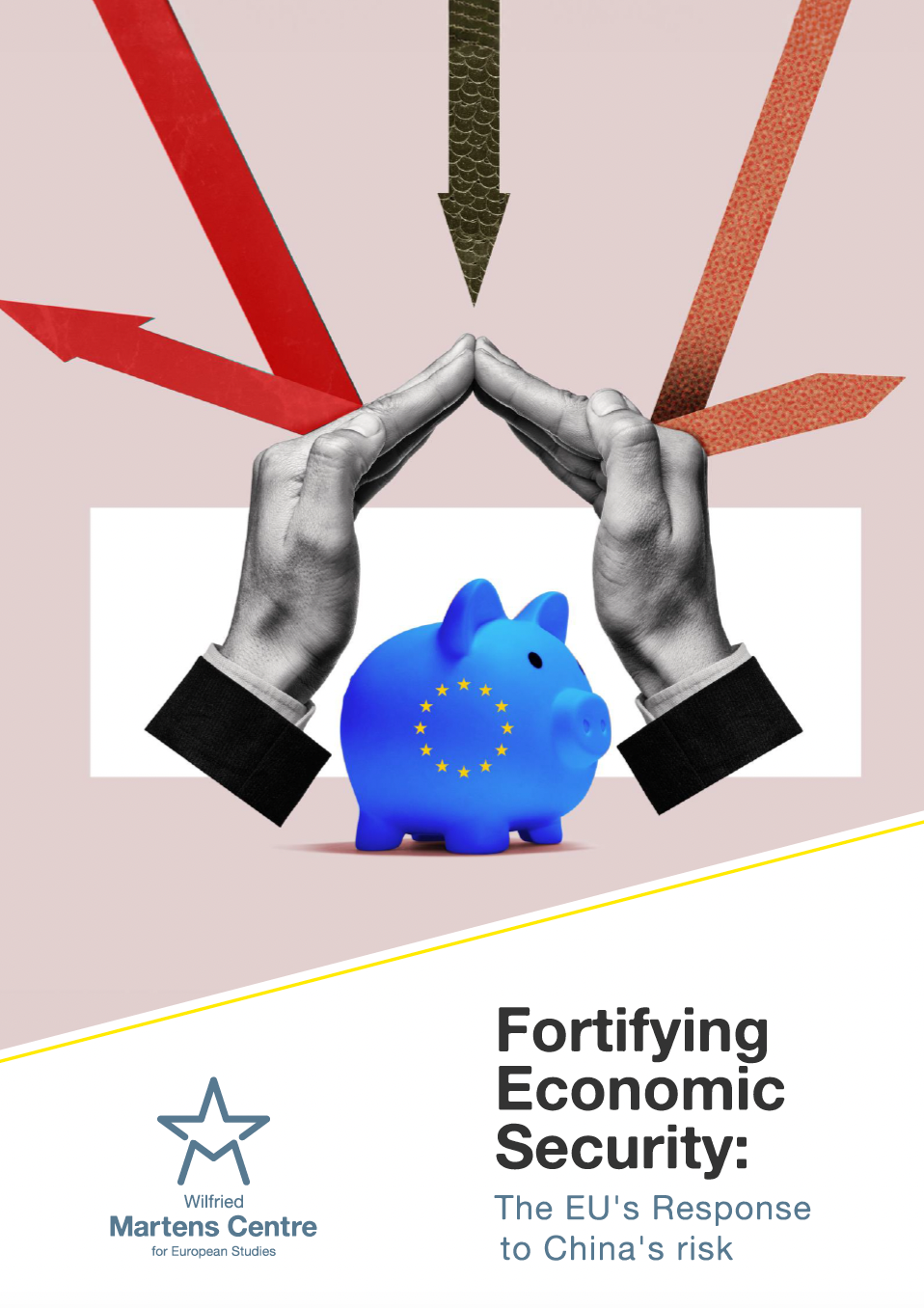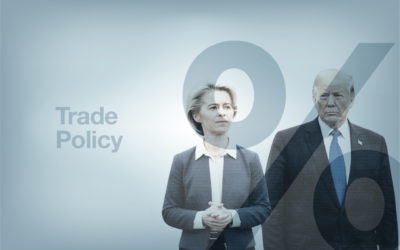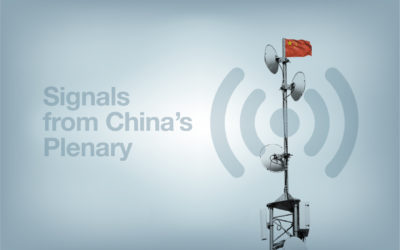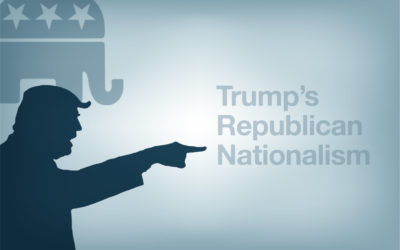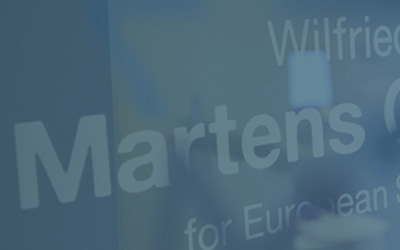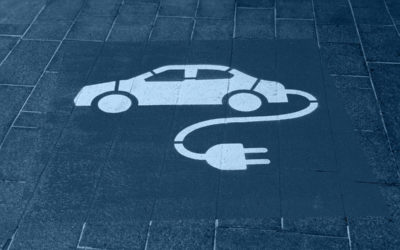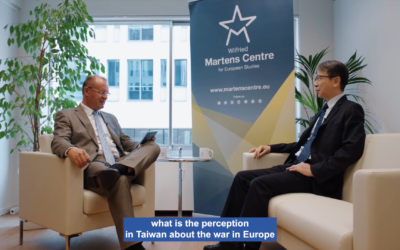The Challenge of Responding to Tariff Extravagances
08 May 2025
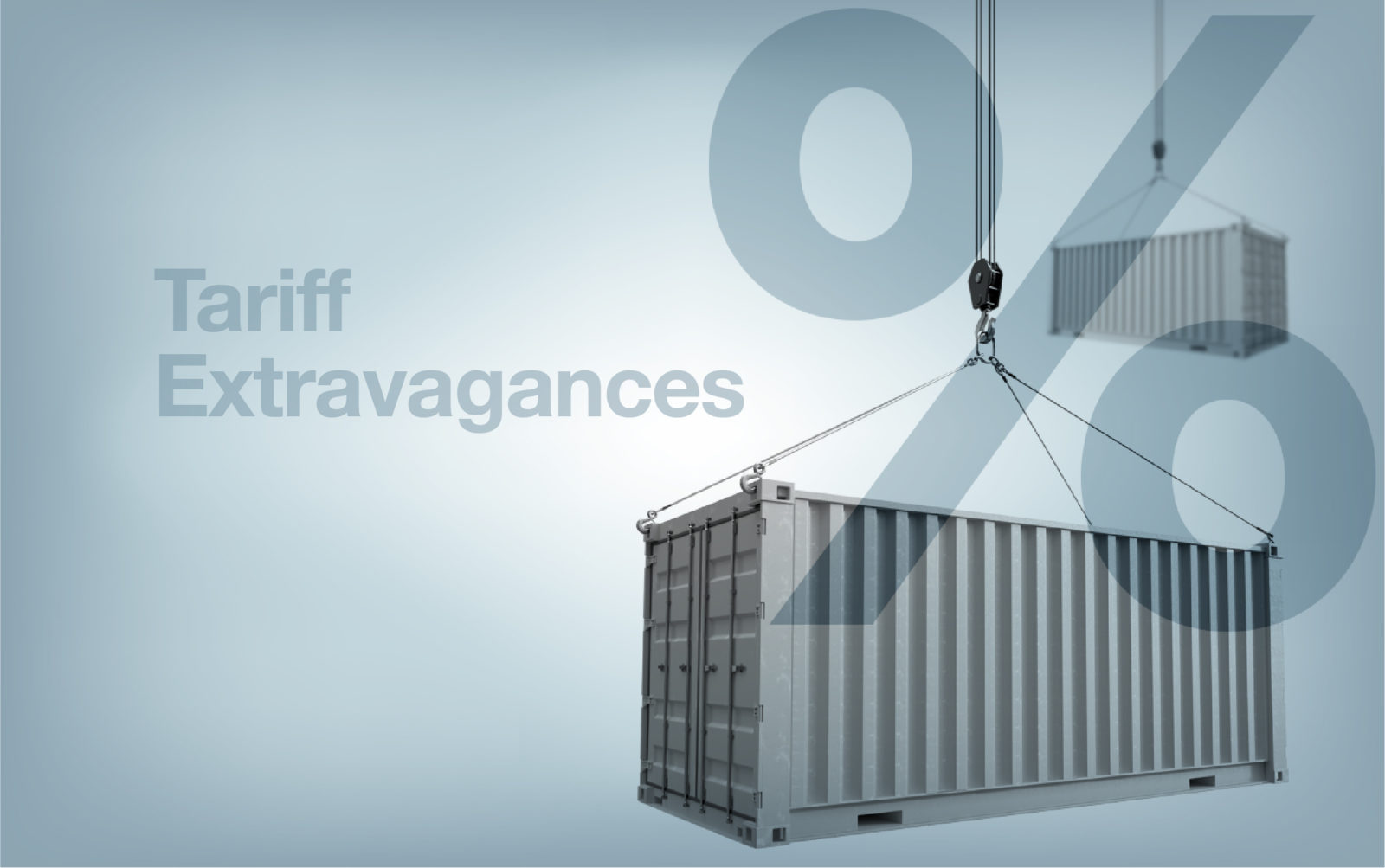
The recent shockingly disruptive tariff increases introduced by the United States provoked immediate reactions by everyone affected. Rushing to show resolve, many countries announced similarly far-reaching measures. But in such a moment, the response must be calibrated beyond short-term reaction. For the EU, this current shock presents not only a temporary policy challenge, but a deeper systemic dilemma: how to maintain the coherence, credibility, and resilience of its trade policy in a world where long-standing assumptions are being dismantled.
While the direct trade impact of the exorbitant level of tariffs imposed is of course serious, there is a broader and often underestimated channel of damage: uncertainty. Even if US tariffs are shelved or suspended, the psychological shock they have introduced will linger. Trust in predictability – a foundation of trade relations – is deeply shaken. Businesses across Europe are now confronting a dilemma: how can they sign contracts, rely on global supply chains, or invest in cross-border ventures when the trading environment could be reversed overnight by a tweet or press conference?
This is not a matter of incremental risks, such as those associated with currency fluctuations which companies have learnt to manage. The new wave of tariff threats represents systemic uncertainty. Measures appear with no clear institutional process. They can be announced one day, revoked the next, and reimposed without warning. There are no reliable avenues for appeal for the countries affected, no functioning arbitration mechanisms, and no assurance that any agreement, once reached, will be respected. This is the heart of the current crisis: it is not merely about tariffs themselves, but about the collapse of a certainty of rules. In this context, the EU fixation on sustainability in trade and instruments like CBAM looks predictable, profoundly justified, and not based on selfish and arbitrary grounds.
Should the EU provide stability for global trading partners, excluding the great disruptor? The overwhelming majority of global trade still operates under the rules of the World Trade Organization (WTO), despite deliberate sabotage by some large players. While believers in WTO reform are quickly vanishing, the EU’s credibility and leadership are vital in safeguarding adherence to the rules. In parallel, the EU should be able to fill some of the current voids and offer alternatives to raw power dynamics. To the extent possible, the EU should respect multilateral principles and allegiance to conditions agreed bilaterally with its trading partners. To reinforce it, the EU should expand and deepen its network of trade agreements. These not only concern tariff reduction, but also provide predictability through clear, negotiated commitments.
The United States remains an indispensable economic and strategic partner, and the EU should continue to pursue constructive engagement. However, any negotiations with the US today must be approached with a realistic mindset. Flexibility and diplomacy are necessary – but so is prudence. Agreements reached must include safeguards, review mechanisms, and automatic recalibration clauses. In an environment where reciprocity can be withdrawn overnight, safety valves are essential.
The EU must also remain vigilant regarding the indirect consequences of the broader global trade conflict, particularly the US-China confrontation. The ripple effects of this trade war are already being felt. It is probable that the US may attempt to condition its future cooperation with the EU on alignment with its China policy, creating new strategic dilemmas. Irrespective of whether the EU will politically support the American stance on China, it should consider strategic autonomy questions about overexposure, imbalances, and security.
Beyond immediate disruption due to tariff shocks, another layer of implications threatens the functioning of global trade: the complexity of enforcing new tariff regimes. Tariffs are often communicated in stark, simplified terms – percentages, product categories, headline figures. But in reality, their application requires a dense bureaucratic and legal apparatus. Customs officials must interpret and enforce rules of origin, determine product classifications, and manage exemptions or penalties. When tariffs are high, incentives to circumvent them multiply. Goods may be rerouted through third countries, partially processed elsewhere, or re-labelled to avoid classification triggers. As a result, each new layer of enforcement spawns countermeasures, inspections, and legal disputes, multiplying transaction costs and bureaucratic friction. The growing complexity of trade rules, when combined with volatility, creates an environment of deep instability. Businesses are forced to devote increasing resources to compliance and risk management rather than innovation and growth. Supply chains become rigid and vulnerable. Smaller firms, lacking legal and logistical capacity, are particularly disadvantaged. The EU must therefore be extremely cautious not to replicate this spiral of complexity.
In this new environment, the EU must act as a stabilising force – protecting its interests, expanding its network of partnerships, and preserving the basic certainty that is the lifeblood of trade. The goal should not be to mirror US actions, but to chart a different course: one of principled, measured, and forward-looking engagement with those world partners who appreciate the value of rules-based trading.
ENJOYING THIS CONTENT?






